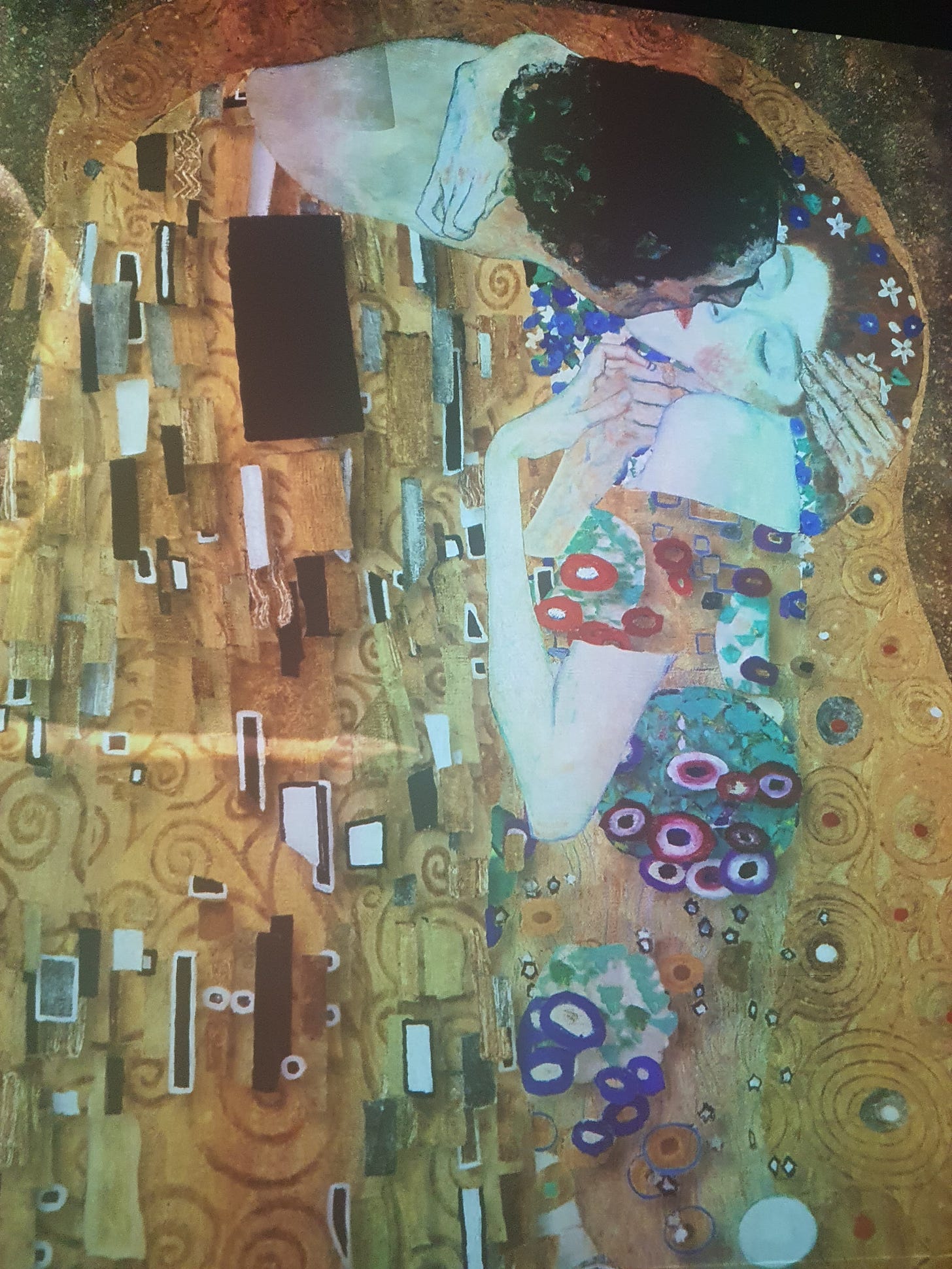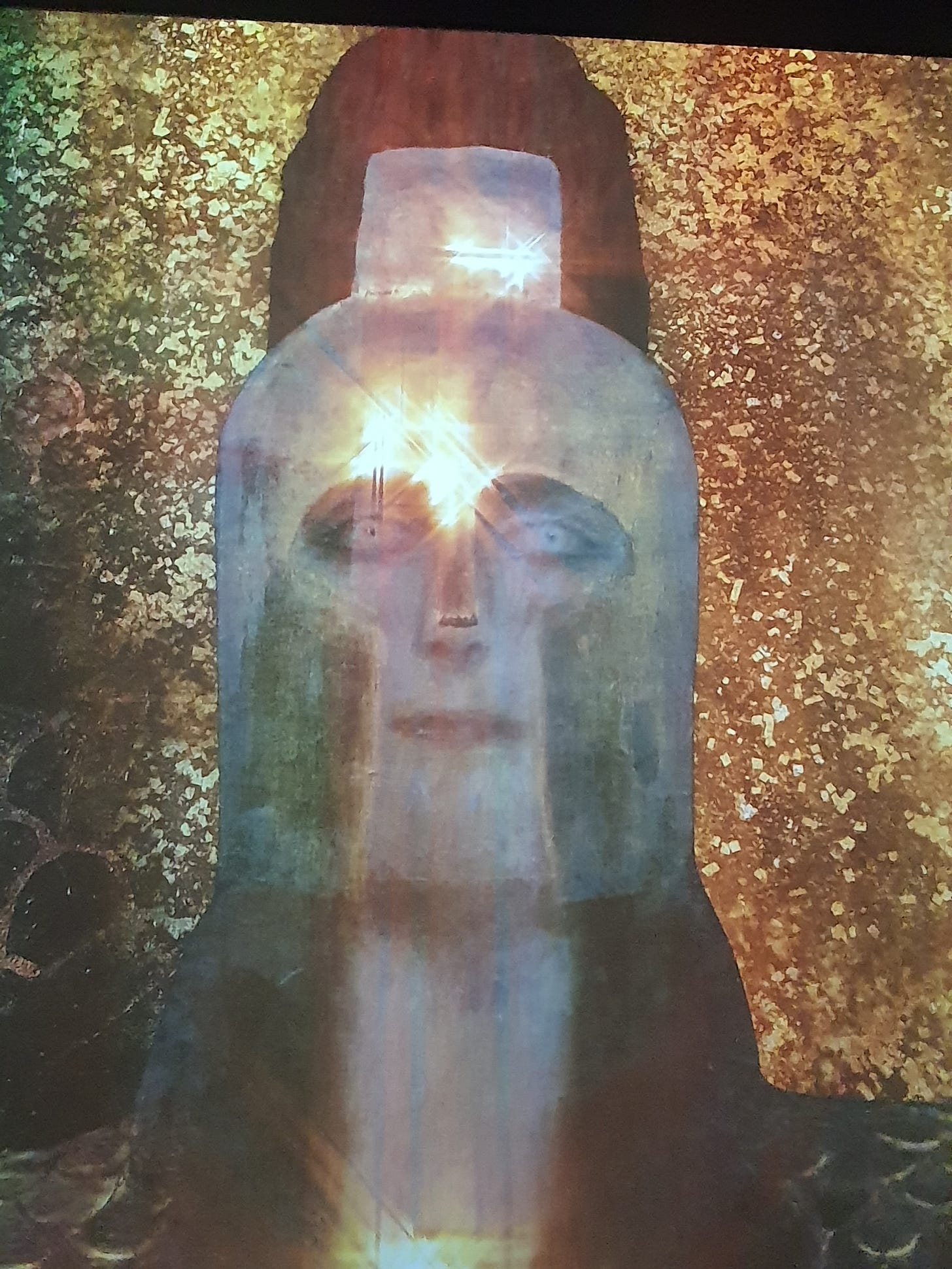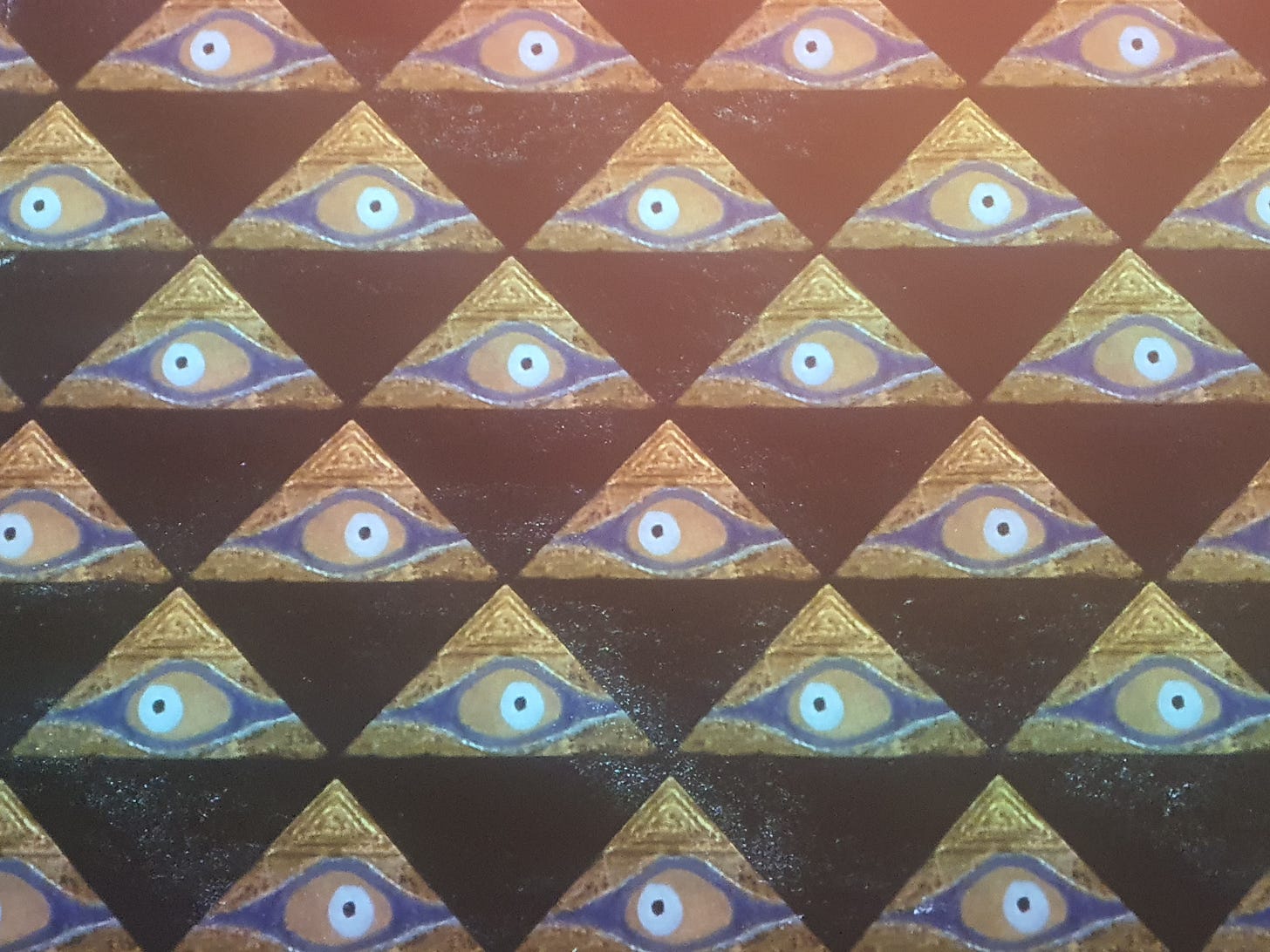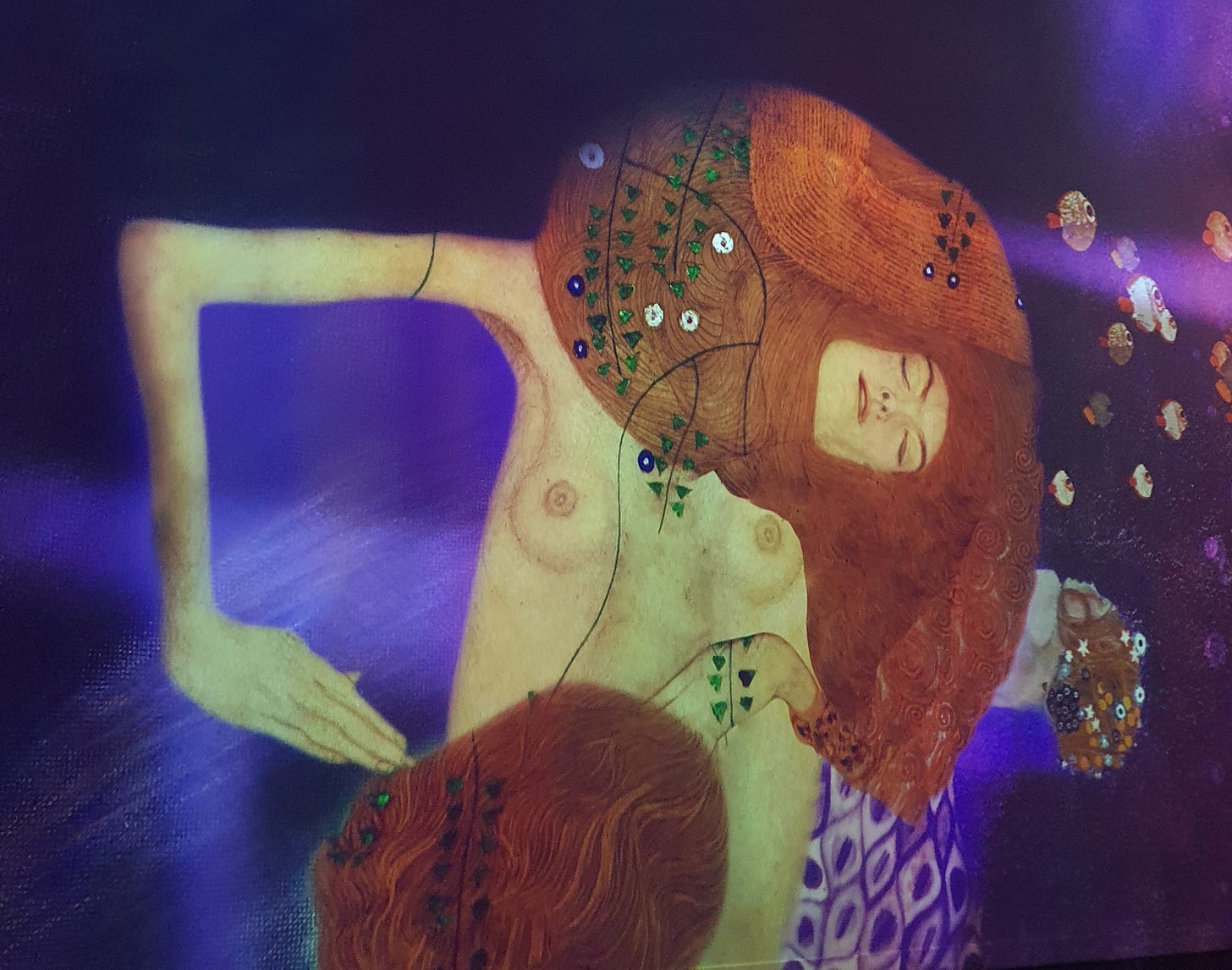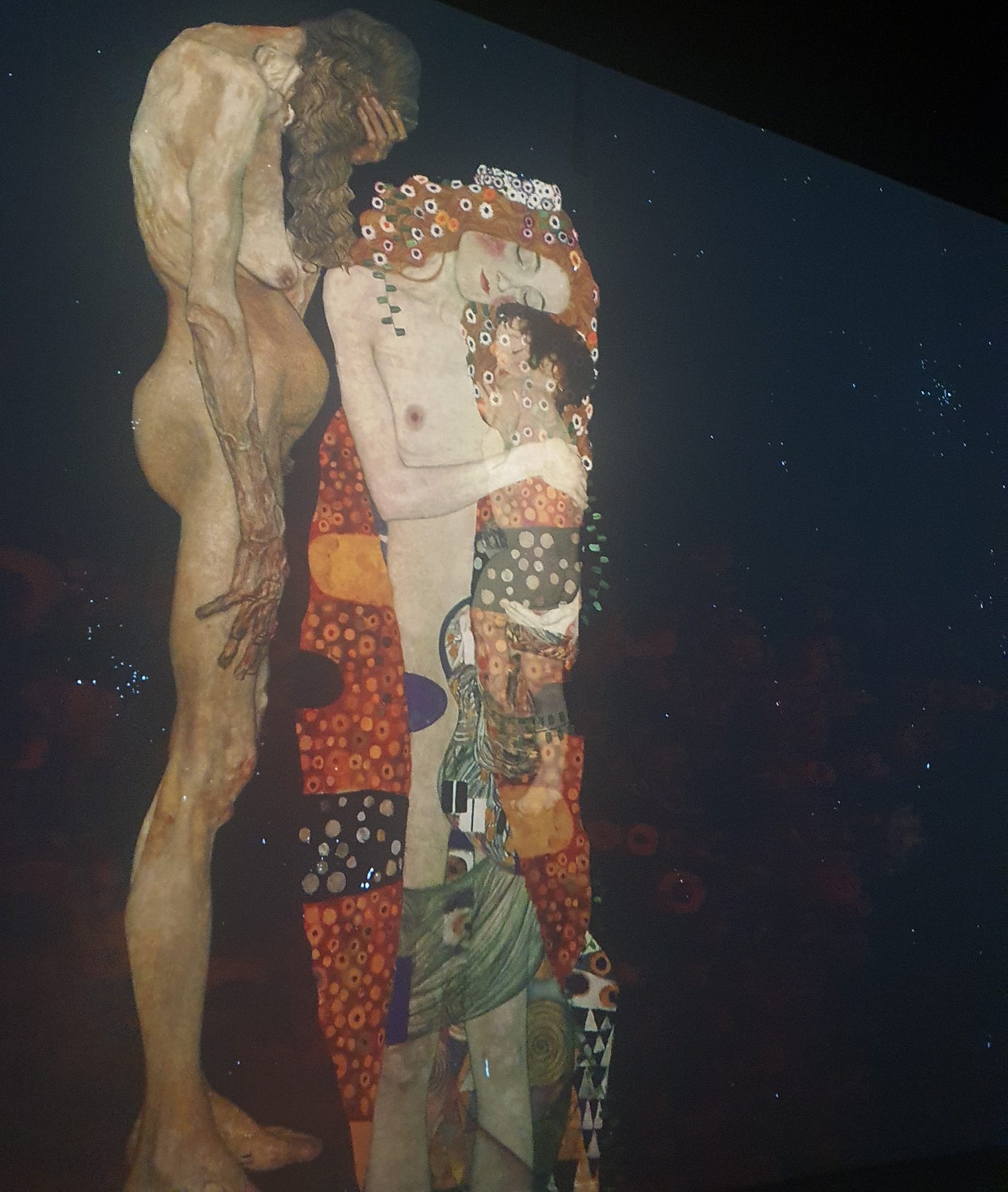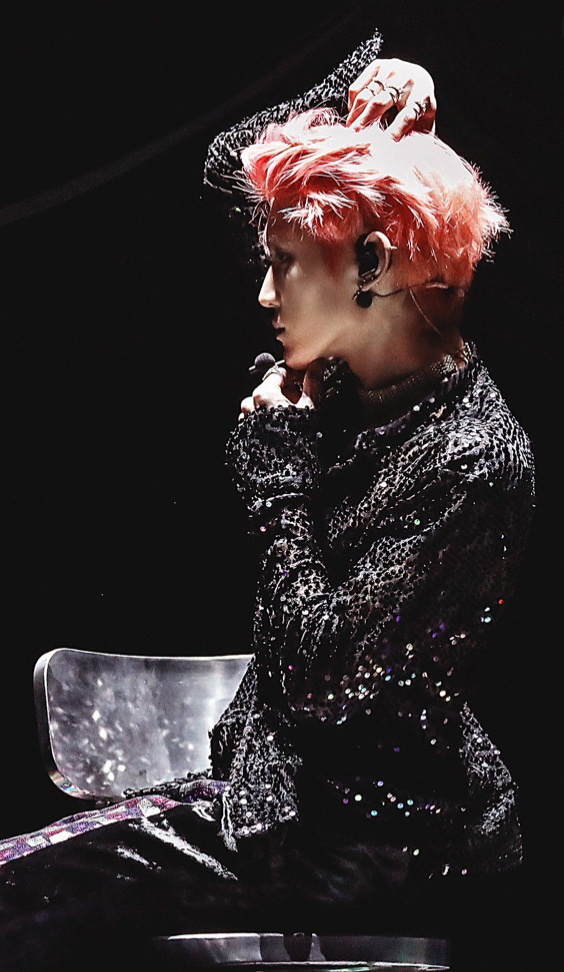Gustav Klimt and the Taeyong connection
How an immersive Klimt experience reminded me of Taeyong the entire time.
‘All art is erotic’ claimed Gustav Klimt. One look at his body of work and one would have to agree. His art is indeed a celebration of sensuality, occult imagery and exotic eroticism. So, how is this at all related to Taeyong? As you all know I usually write about Taeyong’s work on this Substack, however I must express the overwhelming excitement I recently had when I got to experience Gustav Klimt’s immersive art show in Phoenix Arizona. I have always been a fan of Klimt’s art, which is laden with evocative imagery, iconography and occult symbology. However, to see it come alive and to remember Taeyong’s own reaction to ‘The Kiss’, made this entire experience all the more emotional.
Taeyong first mentioned his love for Klimt’s ‘The Kiss’ in a Vlive back in 2020. When asked about an artist or painter he likes, he mentioned Klimt with a “wow” when reflecting on his piece, The Kiss. He also had mentioned he’d completed a painting by numbers of that piece.

Klimt was seen as an artist ahead of his time with his rather provocative and erotic pieces being too extreme for the more conservative elements of Austrian society during the late 19th century. Many of his works had to be exhibited behind screens so as not to corrupt the sensibilities of the young. Many of his pieces including “Medicine” and “Jurisprudence”, were not widely accepted by the local community, and were met with disdain due to the extreme symbolic nature in the art forms that were created. Whilst associated with the modern art movement (Art Nouveau), Klimt himself broke away to form his own Vienna Secession movement which embraced artists with non conforming styles in an attempt to free himself from stylistic constraints. The entrance to the Secession Building in Vienna is inscribed with: “To every age it's art. To art it’s freedom.” This clearly shows us the direction Klimt was taking with his art.
Klimt’s heavy use of gold leaf is not surprising seeing as his father was a gold engraver, and his inspiration drawn from Ancient Greece, Mesopotamia and Egypt are evident in his works. The stunning Pallas Athene representing Greek Goddess Athena, goddess of wisdom is a stunning piece featured so beautifully in the exhibit.
Kilmt’s use of classic ancient icons such as the ibis, the evil eye, and triangular hermetic symbols, is again evidence of his inspirations drawn from the ancient occult world.
Klimt’s work got more erotic and sensual as he got older pushing boundaries that forced him to eventually leave the Secession movement in 1905. Much to the chagrin of his contemporaries, Klimt’s insistence on painting nude women in evocative and erotic positions emphasizing sensuality, further alienated him from polite society. The sensual gaze and brazen sexuality was too confronting for Viennese society at the turn of the century.
Fans have also tapped into the sensual connection between Taeyong and Klimt with them recreating Klimt’s famous ‘Judith and the Head of Holofernes’ in their own unique way.
@puku2pang_Mar 11, 2019
One fan also was so moved by the connection between Klimt and Taeyong that they thought of creating a very specific thread.

Taeyong’s recent Love Theory exposes some of his curiosities concerning love and what it all means. Taeyong likened love to a “science” because there are “no right answers.” He also stated that “Love is hard; a problem you can’t solve; there is no clear right answer.” This is a stark reminder that for Taeyong, love is a rather elusive and mysterious concept that can not be rationally explained- despite him associating it with ‘science’ which we would label an objective rational discipline.
Klimt viewed sensuality and sexuality as primary forces in life - primordial and essential. It’s clear he also had a reverence for women and what womanhood brings to this world - as lovers, friends, mothers, daughters, sisters. Women adorned his artwork as much as religious iconography did.
Taeyong also appears to revere women in a very specific way - particularly as he references his mother often in relation to what ‘safety, security and love’ mean for him. He has a deep respect and appreciation for women that is unseen in many of his contemporaries. He seems to really be able to tap into the feminine psyche so well and understand what many women feel and how they want to be treated- something he himself may not even be aware of. It’s something innate in him showing how balanced his yin and yang are.
I also see Taeyong’s expression of art through his dancing eliciting a similar sensuality to Klimt’s feature pieces. The way Taeyong moves so elegantly and evocatively, makes him appear as a moving piece of art. The way he holds his gaze, the manner in which his body movements retain a certain fluidity and the manner in which every note, every beat is a physical part of his body, makes Taeyong quite an exquisite artist himself.
We have long talked about Taeyong’s songwriting and musical abilities, but rarely have I mentioned the power of his dance. Because Taeyong’s dance isn’t just rhythmic or stylistic. It’s sensual. A sensual work of moving art where music is able to flow and find a visual home- every limb movement, gesture, expression is an erotic act with the sound. Taeyong doesn’t just dance. He expresses through his movement. This is something that cannot be taught or trained into someone. Once again, it has to be innate. Taeyong is literally a moving piece of art when he dances- and is at home with Klimt’s evocative and sensual art features.
Some of the most sensual dances he’s ever done are featured here:



